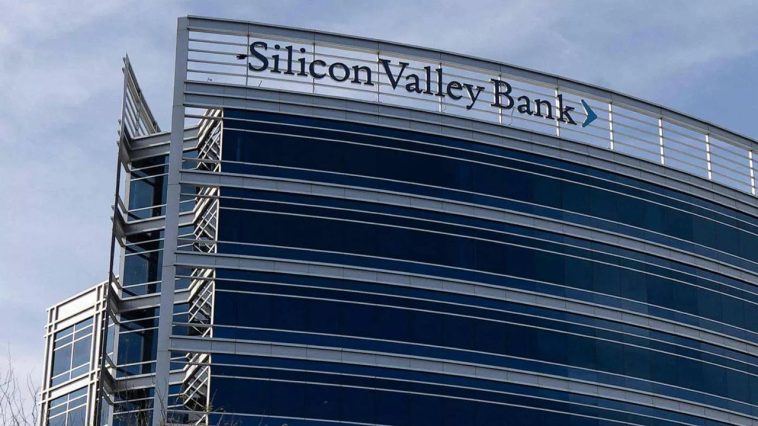LISTEN HERE:
The Federal Reserve revealed its findings on Friday, identifying the causes behind the collapse of Silicon Valley Bank as a prime example of mismanagement. The report also acknowledges the Fed’s own insufficient oversight of the institution.
The analysis highlights the rapid growth of the bank and the challenges faced by Fed supervisors in pinpointing the bank’s vulnerabilities. It also points to their hesitancy in compelling the bank to address these issues. Fed Vice Chair for Supervision, Michael S. Barr, led the review and concluded in a letter that Silicon Valley Bank’s failure is a classic case of mismanagement. He stated, “The senior leadership neglected to manage essential interest rate and liquidity risks, and the board of directors failed in their duty to oversee senior leadership and hold them accountable.”
First Republic Bank (FRC), the 15th largest US bank by assets is on the verge of collapse, only 4 weeks after SVB and Signature Bank bailouts and re-assurances that the banking system is robust. Remarkably sentiment anomaly shows a lack of concern in the media or among investors. pic.twitter.com/E5Ok6S16tv
— Vadim Skritskii (@adalytica) April 28, 2023
Barr also emphasized the Federal Reserve supervisors’ failure to take decisive action, as detailed in the report. The investigation found that the bank’s leadership underestimated the vulnerabilities they faced, pointing to systemic managerial weaknesses, a highly focused business model catering primarily to the venture capital community, and a reliance on uninsured deposits, which left the bank highly susceptible to increasing interest rates amid a tech sector slowdown.
The report identified that Silicon Valley Bank had not passed its own internal liquidity stress tests and had no contingency plan for accessing liquidity. It also revealed that the bank abandoned interest rate hedges, rather than managing long-term risks and the threat of rising interest rates.
A key discussion point following the collapse was the bonuses awarded to SVB executives prior to the failure. The report addresses this issue, stating, “Senior management’s compensation packages through 2022 were linked to short-term earnings and equity returns, without consideration of risk metrics. This created a financial incentive for managers to prioritize short-term profits over prudent risk management.”
However, the report also criticized the Fed’s weak oversight of Silicon Valley Bank, noting the institution had 31 unaddressed safety and soundness supervisory warnings at the time of its collapse – three times the average number for peer banks.
Federal Reserve on Friday issued its highly-anticipated report on SVB collapse
Blames poor management, weakened regulations and lax government oversight
Also notes mobile banking and social media contributed to rapid bank run pic.twitter.com/MgQrjFSOo2— News News News (@NewsNew97351204) April 28, 2023
Barr proposed that, moving forward, more stringent regulatory standards should be implemented for smaller banks, and the Fed should assess the liquidity risk of uninsured depositors. “In the wake of Silicon Valley Bank’s failure, we must fortify the Federal Reserve’s supervision and regulation based on our learnings,” Barr said, expressing a “high level of confidence” that these improvements will be made.


